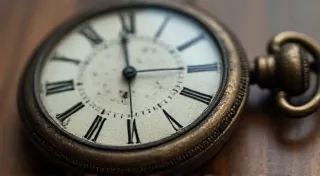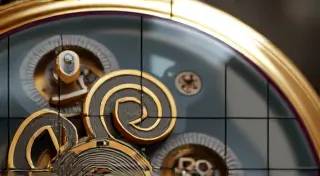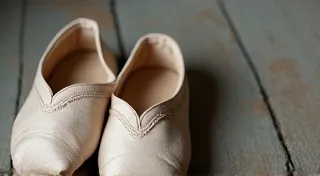The Button's Whisper: Decoding the Language of Antique Accordion Keys
There's a certain magic to holding an antique accordion. It's not just the weight of the instrument, the aged wood, or the intricate carvings. It's the feel of the buttons, the slight give beneath your fingertip, and the sense that you're connected to generations of musicians who coaxed melodies from its bellows. These aren’t just buttons; they've witnessed history, shared in celebrations, and comforted in times of sorrow. Understanding the language encoded within those buttons—the unique button arrangements of different accordion systems—is key to appreciating, restoring, and collecting these remarkable instruments.
I remember the first antique accordion I ever encountered. It was in a dusty antique shop, tucked away in a corner. It was a simple diatonic model, its bellows stiff and its buttons tarnished. But as I tentatively pressed a button, a warm, slightly reedy tone filled the air. It wasn't perfect, but it was captivating. I was hooked. That single moment sparked a fascination that has consumed me for years.
A World of Systems: Beyond Simple Diatonic
The world of antique accordions is surprisingly complex when it comes to button layouts. Most modern accordions use standardized systems, but older instruments often represent regional variations and individual craftsmanship, resulting in a fascinatingly diverse landscape of button arrangements. The earliest diatonic accordions, prevalent in the mid-19th century, were essentially simple boxes tuned to specific keys. They were primarily designed to play folk melodies and dances, and their button configurations were dictated by the needs of the local musicians. These early instruments often lacked bass buttons and were less versatile than their later counterparts.
As accordion manufacturing grew, various systems began to emerge, each attempting to address the limitations of the diatonic models. These systems generally fall into two categories: bisonoric (two rows of buttons) and treble-bisonoric (three rows). The crucial difference lies in the number of notes available per button press, affecting the instrument’s chromatic capabilities.
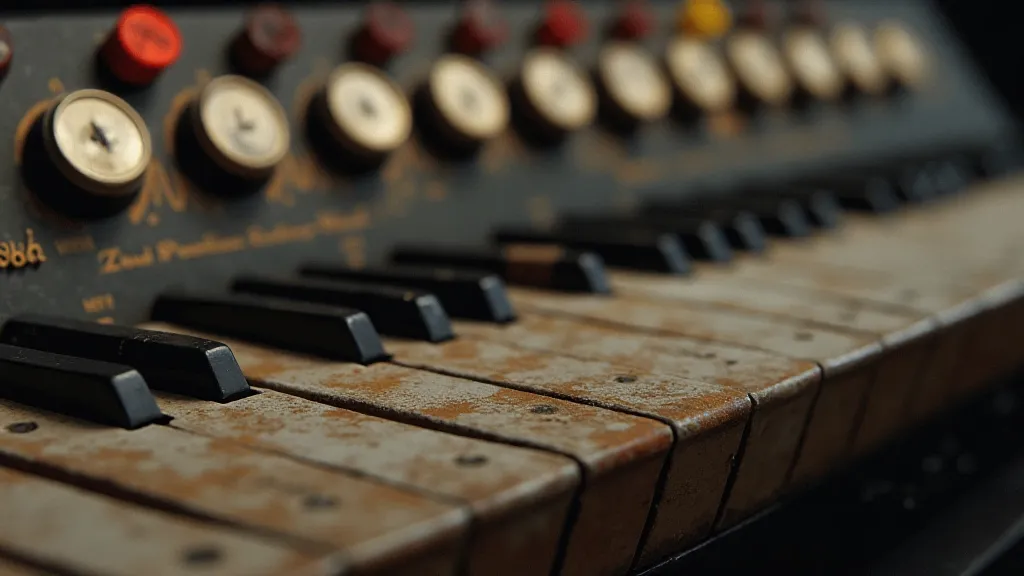
Bisonoric Systems: A Step Towards Chromaticity
Bisonoric systems were a significant advancement. These systems typically use two rows of treble buttons and a single row of bass buttons. The ‘bisonoric’ designation refers to the fact that each button can produce two different notes, depending on whether the bellows are compressed or expanded. While this initially seems limiting, skilled players quickly learned to exploit this feature to play a surprisingly wide range of melodies. Several variations of bisonoric systems exist, including the C-system, B-system, and others, each characterized by the key it’s primarily tuned to and the specific note relationships between the buttons. The arrangement often appears initially confusing to those unfamiliar with the system, but the nuances quickly reveal themselves through practice and familiarity.
Treble-Bisonoric Systems: Expanding the Musical Palette
The introduction of treble-bisonoric systems marked a true revolution in accordion design. These systems, like the popular D-system, feature three rows of treble buttons, each capable of playing two notes. This dramatically increased the instrument's chromatic capabilities, allowing for a much wider range of musical expression. The D-system, for example, is commonly found in many European countries and is favored for its versatility and ability to play a broad spectrum of musical genres. The arrangement of the buttons might appear overwhelming at first glance, but the patterns become discernible with dedicated study and a patient approach to learning. The care needed to maintain these instruments is significant, especially considering the sensitive nature of the bellows – as discussed in greater detail in a piece exploring Resonance of Time: How Humidity Affects Antique Accordion Bellows and Sound. Proper storage and care significantly impact the instrument’s longevity and tonal quality.
The development of these systems wasn's simply a matter of mechanical ingenuity. It was intimately tied to the evolving musical landscape. As musical tastes shifted and new genres emerged, accordion makers responded by creating instruments that could meet the demands of their clientele. Consider the rise of polka music in the late 19th and early 20th centuries. The need for instruments capable of playing complex, syncopated melodies fueled the development of more sophisticated systems.
Deciphering the Layout: A Practical Guide
Understanding the layout of antique accordion buttons isn't just about memorizing diagrams; it’s about developing a tactile understanding of the instrument. Many early accordions lack standardized labeling, relying on the knowledge passed down through generations of musicians. This is where the skills of a restorer and collector truly shine. Careful observation, comparison with known examples, and a deep understanding of musical theory are invaluable in deciphering the layout.
Diagrams, while helpful, are only a starting point. Many early accordions exhibit slight variations from the standard layouts, reflecting the individual touch of the maker. Recognizing these variations can be a key indicator of an instrument’s authenticity and provenance. It’s also important to understand that the physical condition of the buttons can affect their playability. Tarnished or damaged buttons can be difficult to press, and may even stick, making it challenging to accurately reproduce the intended notes. The integrity of the materials used, including the ivory or other decorative elements, are also critical concerns for collectors and restorers. Ensuring ethical sourcing and responsible restoration practices is paramount; a discussion of these challenges can be found in Ivory's Fading Embrace: Ethical Considerations in Antique Accordion Restoration.
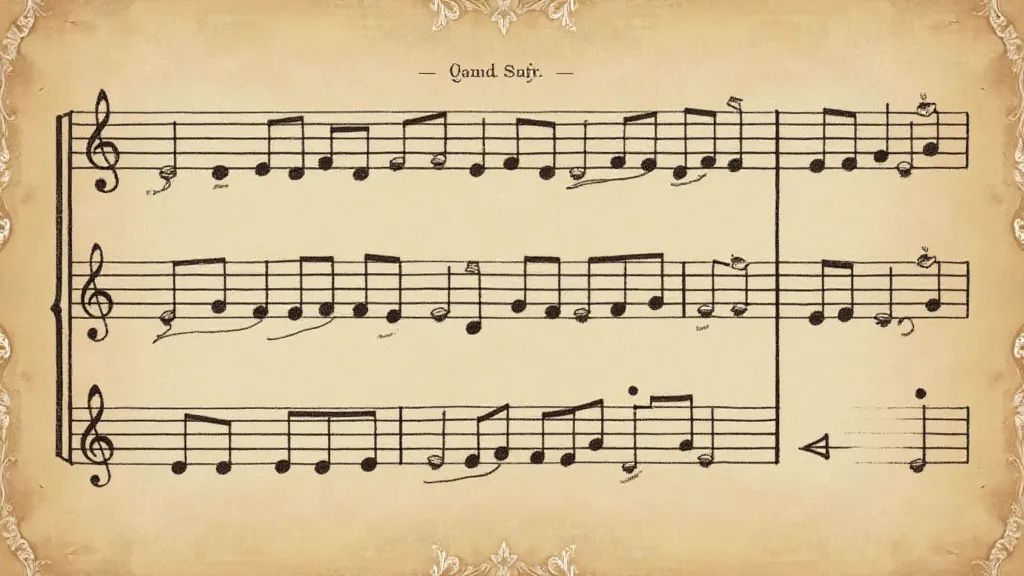
Beyond the Buttons: The Craftsmanship Story
Examining an antique accordion isn’t just about the buttons; it’s about appreciating the craftsmanship that went into its creation. Look at the bellows – the leather often meticulously stitched by hand. Inspect the reed blocks – testament to the skill of the reed maker. Admire the intricate carvings on the exterior – a reflection of the maker's artistic flair. Each element tells a story of dedication, patience, and a deep understanding of the materials.
Restoring an antique accordion is more than just repairing a broken instrument; it’s about preserving a piece of history. It’s about ensuring that the sounds of the past continue to resonate with future generations. It’s a painstaking process, requiring a delicate touch and a deep respect for the instrument’s age and character. Replacing bellows, repairing reed blocks, and re-gluing buttons are all common tasks, each demanding expertise and a commitment to accuracy. Achieving the original timbre requires a keen ear and a nuanced understanding of reed interaction; detailed advice on matching reeds can be found in A Palette of Sound: Matching Reeds to Original Timbre.
Collecting antique accordions, similarly, requires an appreciation not just for the instrument’s sound, but also for its historical context and construction. Understanding the nuances of different systems, recognizing the hallmarks of particular makers, and appreciating the evolution of accordion design are all essential skills for the serious collector. Occasionally, restorers encounter components that seem to be missing or mismatched. The process of tracking down these "orphaned keys" and ensuring their proper integration is a unique challenge within the restoration field; techniques for this are explored in Orphaned Keys: Tracking Lost Components in Antique Accordion Restoration.
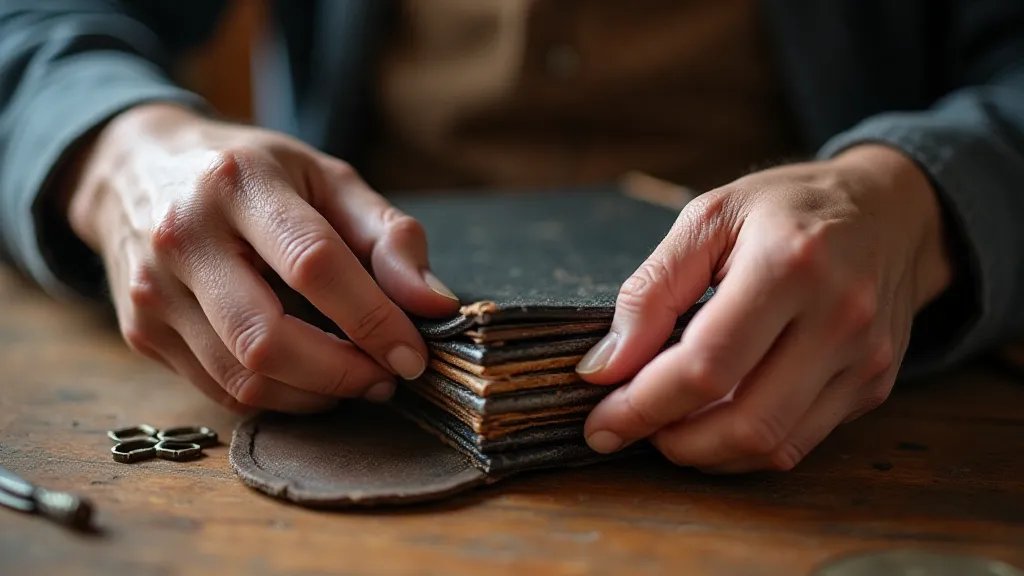
The Enduring Legacy
The button's whisper – the subtle nuances of an antique accordion’s sound – speaks volumes about the musicians who played it, the makers who built it, and the history it has witnessed. These instruments are more than just musical devices; they’re tangible links to the past, vessels of cultural heritage. Taking the time to understand the language encoded within those buttons—the unique layouts of different accordion systems—is an act of respect for the past and a celebration of the enduring power of music. And perhaps, with a little dedication, you too can learn to speak that language.

